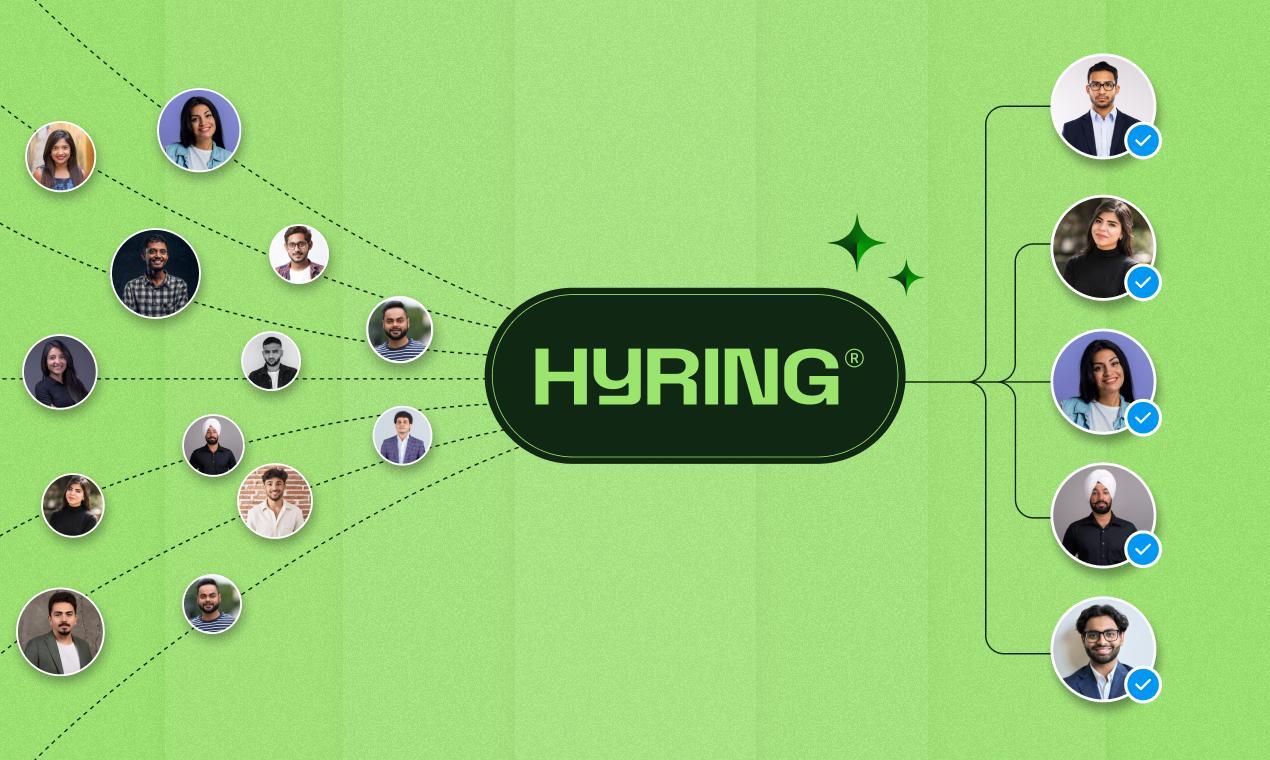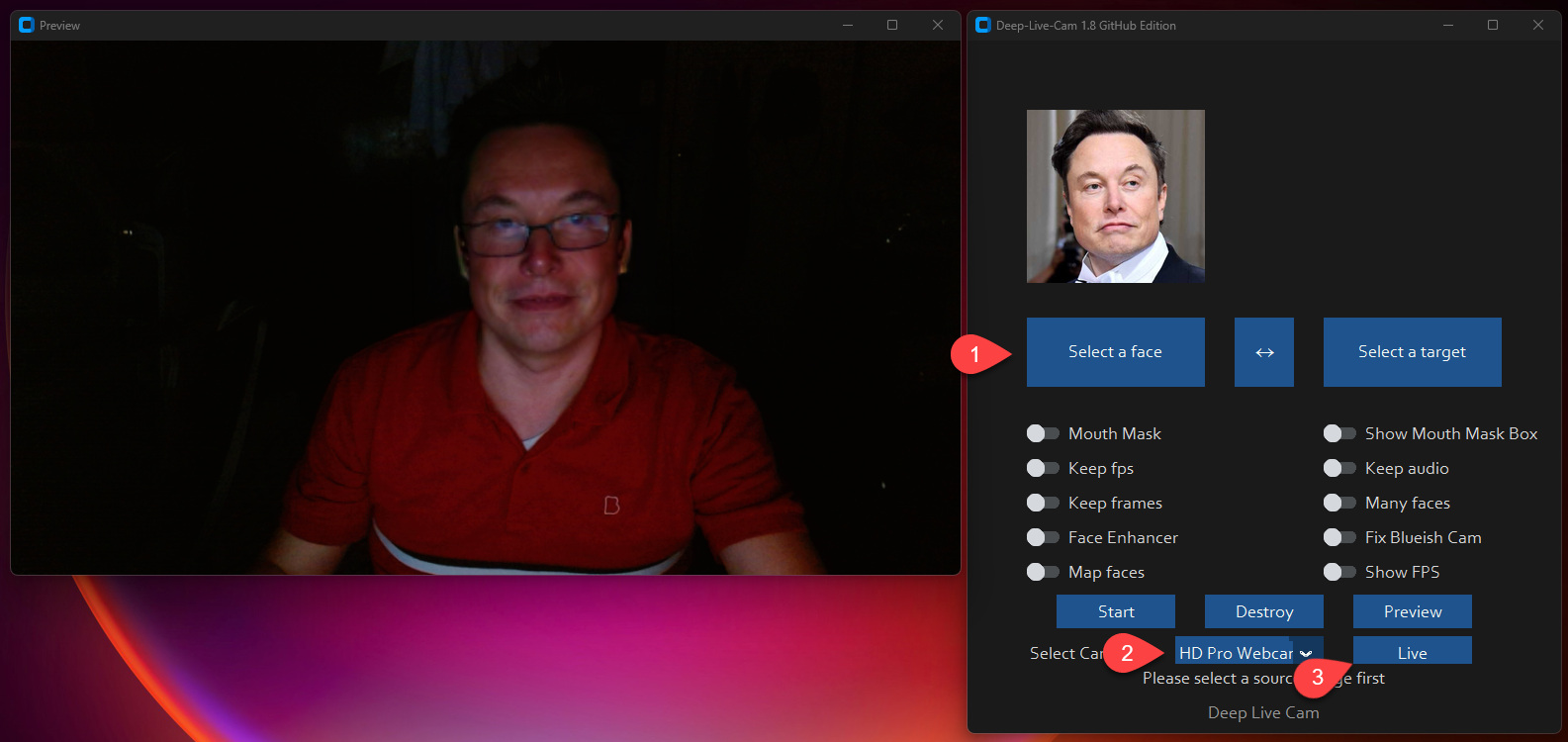
Table of Contents
Overview
Want to spice up your live streams, create engaging VTuber content, or simply explore the world of digital avatars without diving into complex coding? DeepLiveCam might be the answer. This open-source tool empowers creators to transform their webcam feed into realistic avatars or face swaps in real-time, offering a privacy-focused and accessible alternative to traditional methods. Let’s dive into what makes DeepLiveCam a compelling option for digital performers and content creators.
Key Features
DeepLiveCam boasts a range of features designed to make virtual character creation and live streaming a breeze:
- Real-time face swap: Instantly transform your face into another, opening up creative possibilities for disguises or character acting.
- Avatar creation: Design and customize your own digital avatar to represent you in the virtual world.
- Open-source: Benefit from a transparent and community-driven development process, allowing for customization and contributions.
- Privacy-first: Enjoy peace of mind knowing that your data is handled with care and respect.
- No coding required: Get started quickly and easily without needing any programming knowledge.
- Live streaming integration: Seamlessly integrate your avatar into popular streaming platforms like Twitch and YouTube.
How It Works
DeepLiveCam simplifies the process of becoming a virtual character. First, users select or create their desired avatar. Then, the tool uses your webcam to track and map your facial expressions in real-time. Finally, DeepLiveCam transforms your live webcam feed into the chosen virtual character, mirroring your movements and expressions. This transformed feed can then be streamed directly to your audience or recorded for later use. The intuitive interface makes it easy for anyone to jump in and start experimenting.
Use Cases
DeepLiveCam opens up a world of possibilities for various applications:
- VTubing: Create engaging content as a virtual character, building a unique online persona.
- Streaming with anonymity: Protect your identity while still interacting with your audience in real-time.
- Digital performances: Put on virtual shows and performances with dynamic and expressive avatars.
- Virtual character interviews: Conduct interviews with a unique twist, using avatars to represent guests or interviewers.
- Creative social media content: Produce eye-catching videos and posts that stand out from the crowd.
Pros & Cons
Like any tool, DeepLiveCam has its strengths and weaknesses. Let’s take a look:
Advantages
- Real-time realistic avatars provide an immersive and engaging experience.
- No programming knowledge is required, making it accessible to a wide range of users.
- Open-source nature allows for customization and community contributions.
Disadvantages
- May require good hardware for optimal performance, especially with complex avatars.
- Limited default avatar options might necessitate creating or importing your own.
How Does It Compare?
When considering alternatives, it’s important to understand the nuances of each tool. VSeeFace is a popular option, but it’s primarily focused on Windows. DeepLiveCam, on the other hand, offers broader platform support. FaceRig, an older commercial option, lacks the open-source and privacy-centric approach of DeepLiveCam. This makes DeepLiveCam a compelling choice for users who value these aspects.
Final Thoughts
DeepLiveCam offers a compelling and accessible entry point into the world of VTubing and digital avatars. Its open-source nature, privacy focus, and ease of use make it a valuable tool for creators looking to enhance their live streams, create engaging content, or simply explore the possibilities of virtual representation. While it may require decent hardware and offer limited default avatars, the benefits of real-time realistic avatars and a no-code environment make DeepLiveCam a strong contender in the market.

